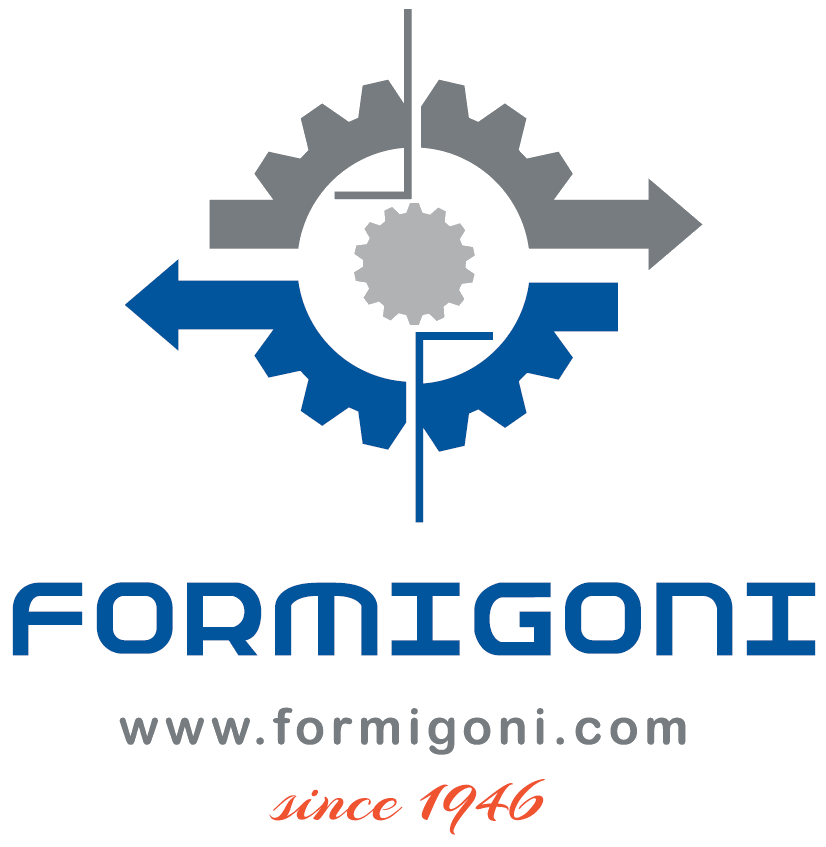
DEC.ERS™
energy recovery systems
In areas with permanent or seasonal low temperatures, a heat recovery system through special heat recovery modules, will result in thermal energy saving: DEC.ERS™ modules incorporate low pressure drop heat exchangers, typically plate type or twin coil heat exchanger unit.
The air exhausted from the converting machine is crossing an high efficiency heat exchanger module (DEC.ERS™) which recovers the thermal energy in order to pre-heat fresh air intake of the same machine, resulting in a very interesting thermal energy saving.

This energy recovery process is ideal when the SLA is sent to a solvent recovery system, based on activated carbon: usually the air exhausted from a flexible packaging machine, has a temperature of 50÷70 °C (depending on converted material), while ideal adsorption temperature is ranging between 33÷37 °C (depending on relative humidity), thus determining the need to cool down the SLA before adsorption, spending further energy.
System, depending on ambient temperature, is optionally equipped of a thermal control system (temperature control module and a self regulating by-pass), in order to avoid excessive cooling, which would cause efficiency problems on the solvent recovery system.
The DEC.ERS™ module is compatible with LEL recirculation systems (DEC.LEL™).
The DEC.ERS™ module shall not be installed when exhaust of the machine is treated by a thermal oxidation system: in this case the recovered thermal energy would have to be spent once more to pre-heat the SLA prior to enter the thermal oxidizer, operation which would result useless.
Optional materials and coatings are available for corrosive environments, particular process conditions or requirements.
